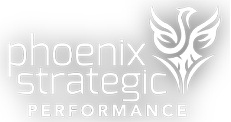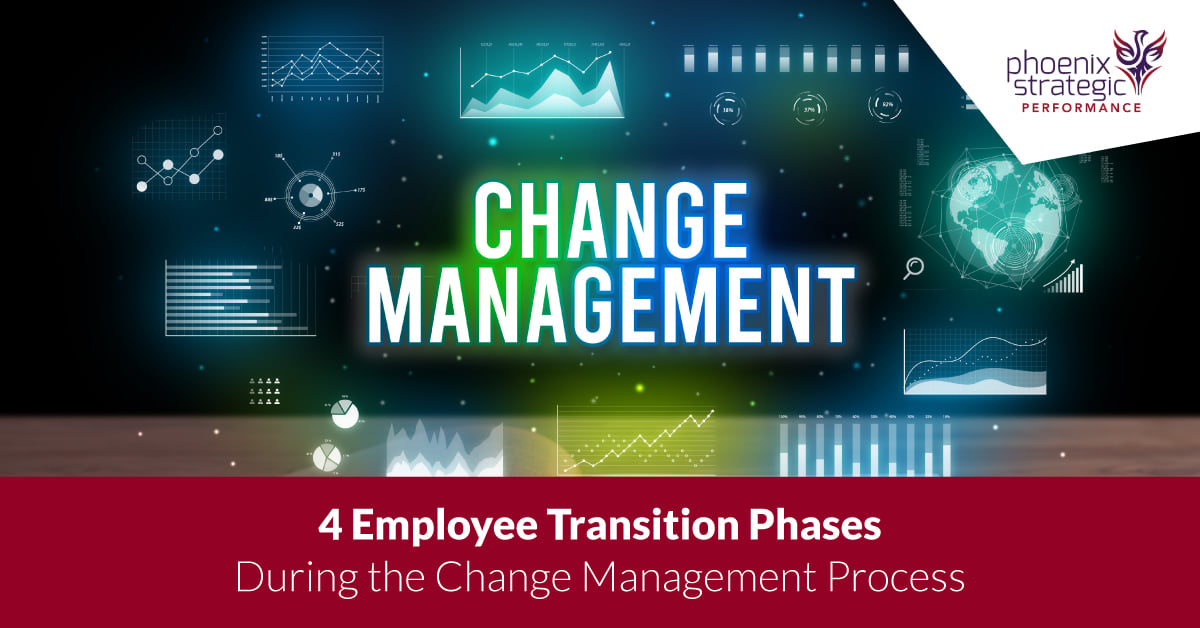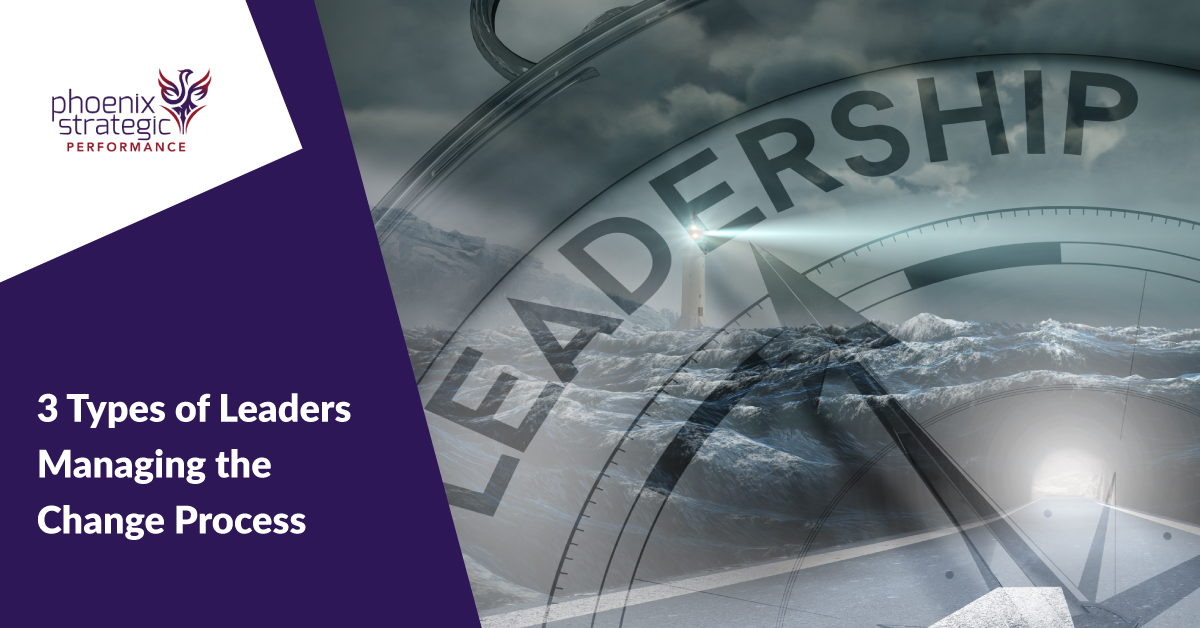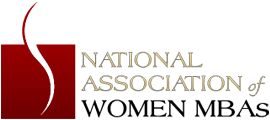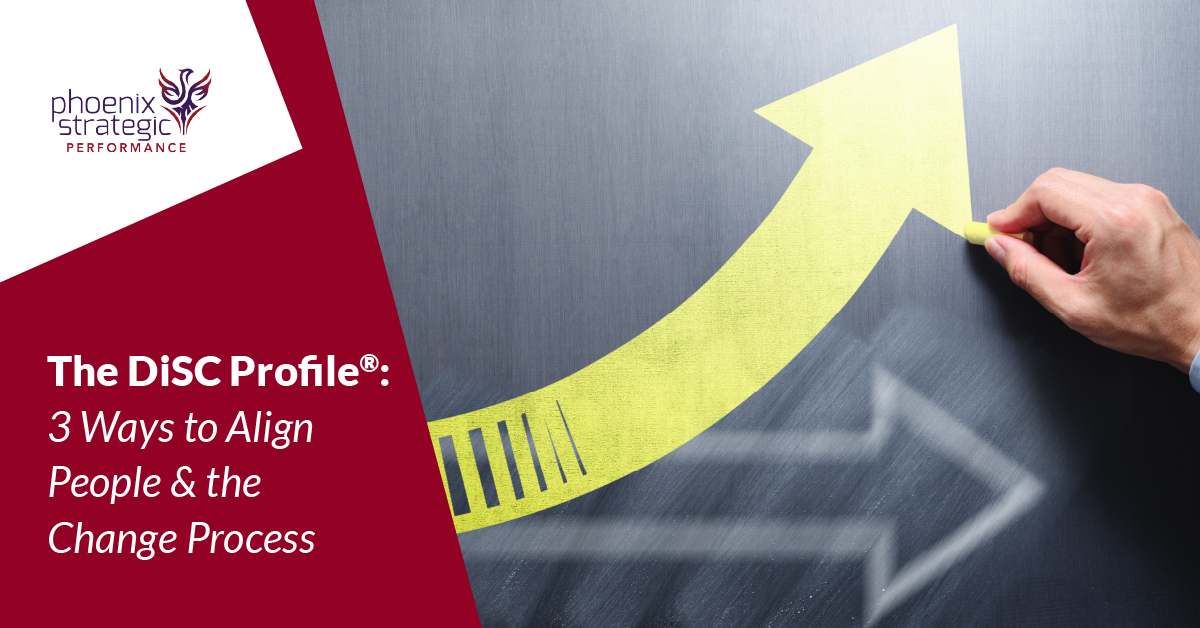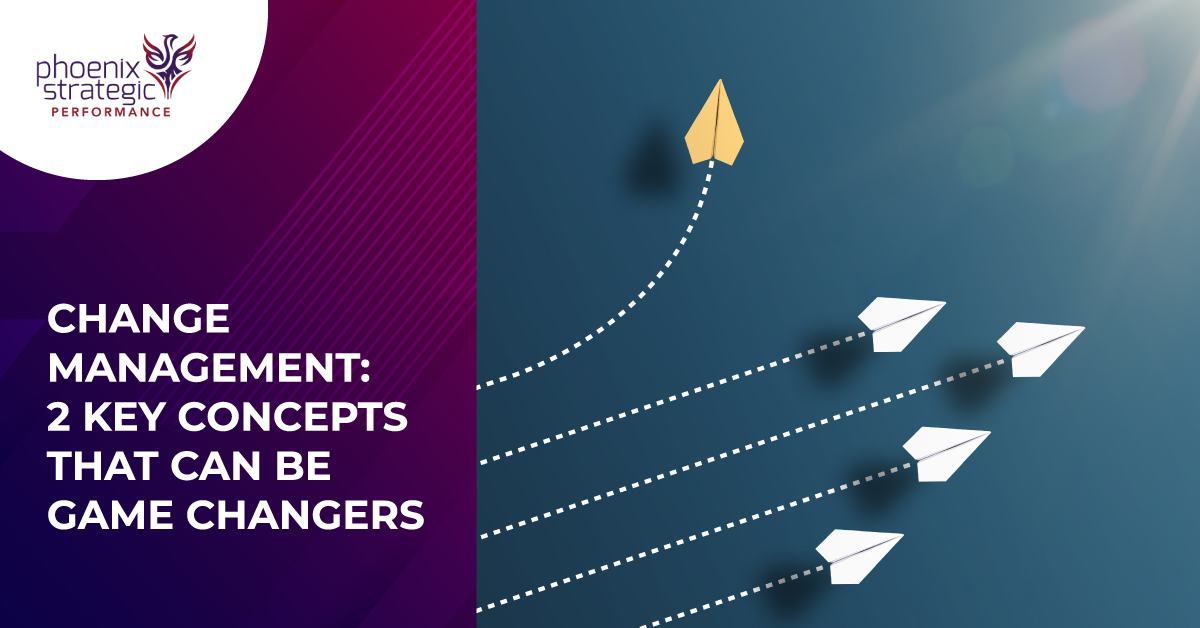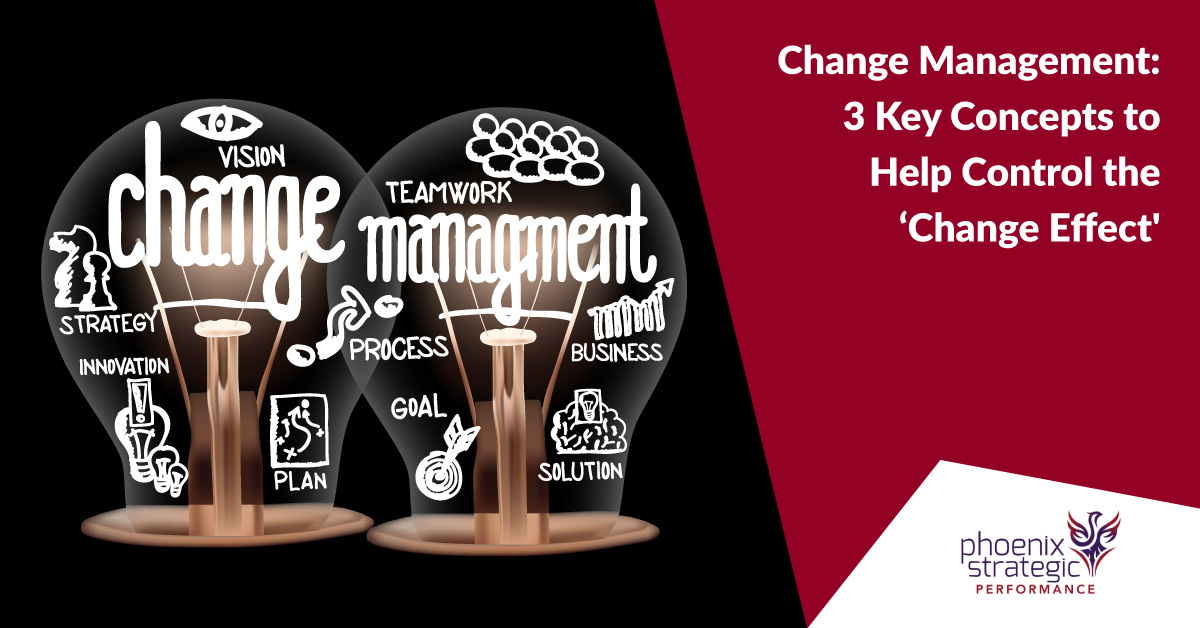Leadership Landscape: Identifying & Understanding the Subtleties of Transition Leadership
Today, we are experiencing unprecedented change in ways we could not have imagined. One day, life was normal, and the next day we were dealing with a ‘new normal’ for which there was no blueprint. This is discontinuous change at its finest. During this time, change leadership skills are more important than ever before. Managing people whom you will need to bring with you on the change journey and critical thinking through your business operations that need to adapt to our new VUCA reality are the ‘new normal.’ This is the new reality. Our old reality is gone.
The Internal People Side of Change Management: Transition Leadership and the Change Trajectory
Transition Leadership: Dealing with how employees transition through the phases of change.
Transition Leadership focuses on the people side of change management. Transition Leadership requires the leader to go far beyond the processes used in change management to the gray area dealing with employees’ emotional reactions and responses to change. Here the leader must fully understand the psychology of how change impacts the organization at the individual level.
